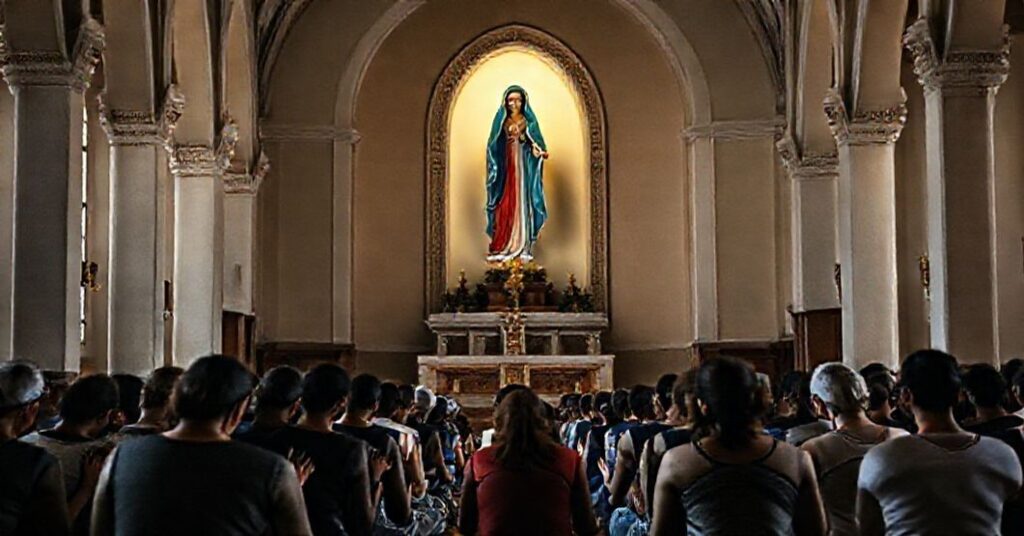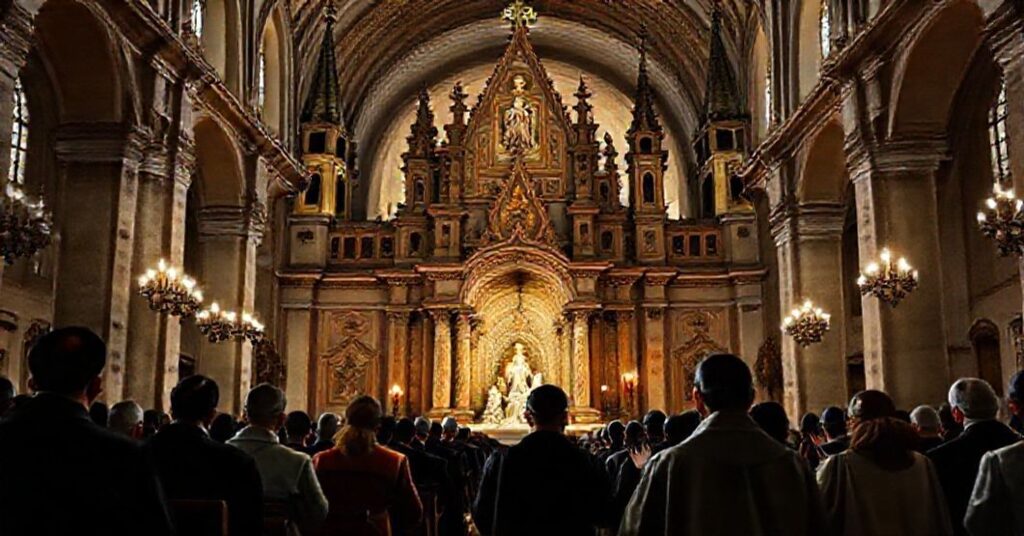Quod dilectum (1960.08.20)
John XXIII’s letter “Quod dilectum,” addressed to Cardinal Gracias and the Indian hierarchy on the occasion of a five‑year episcopal meeting, congratulates the local “Church” in India for its institutional growth, its charitable works, its cooperation with the civil order, the formation of clergy and laity, and calls for unity, obedience to bishops, disciplined seminaries, an “apostolate of the laity,” and concord with the surrounding society for the temporal and spiritual good of the nation.










